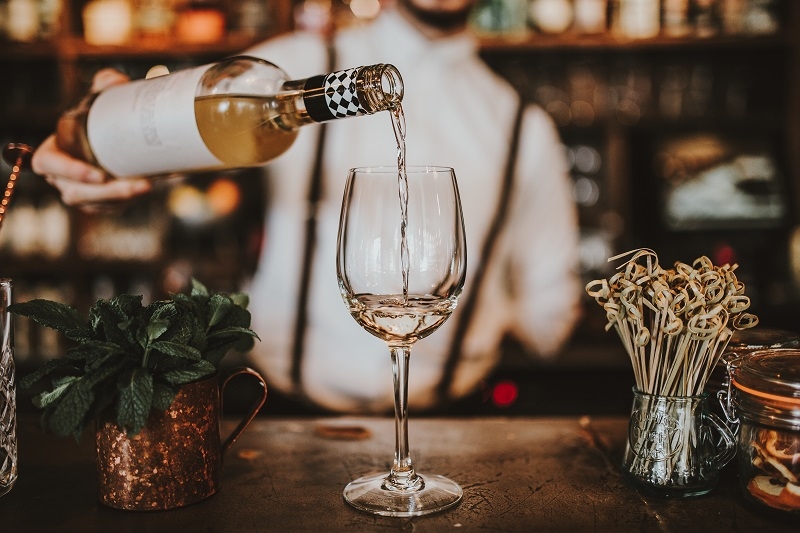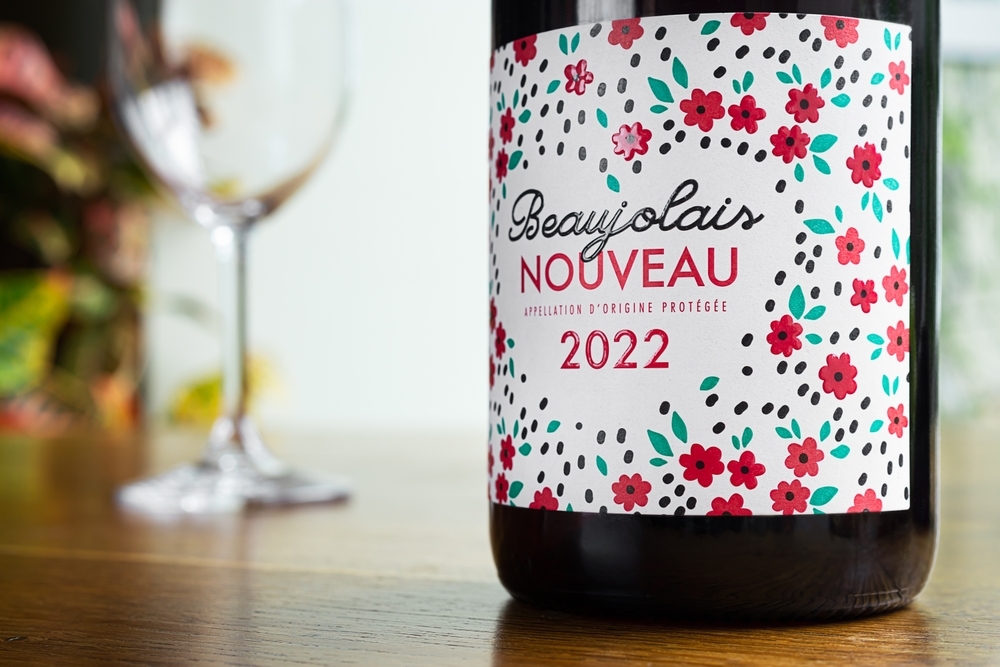Banyuls Wine Guide: A Comprehensive Walkthrough Its History

Wines are a delightful drink best savored with a snack to make the best moments of our lives. Their tastes and mellow sourness from the grapes make them stand out from all the other beverages. Wine is prepared from wineries across the globe, each having its own unique touch to the process and the quality of their productions. Among these beautiful places, there is a majestic vineyard in the Roussillon region that falls in the southern area of France. Known for its exceptional wines, Banyuls wine is one of the best wines you could ever experience.
Banyuls wine is a sweet dessert wine made with quality grapes and is consumed as an aperitif and dessert wine. There are many benefits of this complex wine, with a complex history and a unique flavor profile. Banyuls wines have an array of hues like Banyuls Blanc, Banyuls Ambr, Banyuls Rouge, and much more. This Banyuls wine guide will give you a deeper dive into the rich origination and help you learn about this French wine a little better.
What is Banyuls Wine?
Banyuls wine is a sweet French wine prepared from Macabeu grapes and Grenache, renowned for their farming in the lower reaches of the Pyrenees, Roussillon. Similar to the preparation methods of port wine, Banyuls wine is fine-touched with maceration. Banyuls wine guide marks this as an additional step to the process of its making that allows the wine to be infused with grape skins. The maceration gives it a unique flavor of its own and a divine character.
The Banyuls wine is categorized into Banyuls Grand Cru, Banyuls Reserve, and Banyuls Rimage. Grand Cru is the highest quality of Banyuls, aged for at least three years in oak barrels. Banyuls Reserve is aged for at least one year and is usually a blend of two or more vintages. Lastly, Banyuls Rimage is aged for at least three years in oak barrels and is made from a blend of at least two vintages.
The History of Banyuls Wine
Originated by the monks and first produced in the early 13th century, Banyuls wine has a long and rich history. The Banyuls wine guide suggests that it was originally prepared in the abbey of Corbires. The purpose of creating Banyuls wine was always a treat to be enjoyed after a meal. Since its origination, it has been a sweet and fortified dessert wine focused to give the needful conclusions to all eateries. Eventually, Banyuls wine gained popularity in the 17th century when it was exported to the Netherlands, Germany, and other countries.
Banyuls wine guide marks the wine's evolution in the 19th century, where it got its maceration process added by the popular Louis Pasteur. This process, which involves allowing the grape skins to infuse with the wine, was crucial in the production of Banyuls. In the 1930s, the French government declared the Banyuls region a Protected Designation of Origin (PDO), which ensured that all Banyuls wines were produced in the traditional manner. This embosses the heritage that Banyul wines hold, bringing unfathomable tastes and blends to the world.
The Production of Banyuls Wine
The Roussillon region which beautifully resides in the southern areas of France, is known for its quality Grenache and Macabeu grapes. The process of Banyuls wines begins with the harvesting of these fruits. As a vital portion of the production in Banyuls wine guide, these fruits are macerated and fermented along with brandy. Once they settle together and are perfectly blended, they are aged in oak barrels for a minimum of 1 year. The duration of aging is what brings out the flavor in the Banyuls wines. The oak barrels are used to give a complex texture to the wines and preserve the flavor.
After aging, the wine is blended with different vintages to create the desired flavor profile. The wine is then filtered and bottled. Lastly, the wine is aged for an additional three months before it is released to the market.
The Flavors of Banyuls Wine

In this Banyuls wine guide, the prominent part of learning is about the flavors of the wines that have plenty of experience to offer. Banyuls wines are known for their uniqueness of flavor which is an unusual blend of sweetness with nutty essences. The Macabeu grapes and Grenache give the wines their dark color and the preparation process adds various aromas like figs, blackberries, plums, and much more.
On the palate, it is a full-bodied wine, with flavors of dried fruits, spices, and chocolate. The finish is long and smooth, with a hint of sweetness. Banyuls wine pairs well with desserts such as chocolate cake, creme brulee, and ice cream. It also pairs well with cheese, nuts, and dried fruits. Banyuls is best served slightly chilled, at a temperature of 10-12C.
Suggested Read: Explore France's Wine Regions: A Guide for Wine Enthusiasts
Conclusion:
Banyuls wine not only brings a variety of flavors and aromas for you to experience but also brings a blend of wines that you will have never tasted before. This Banyul wines guide offers a keen focus on the boldness of the wine and the reason why it has uniqueness. Banyuls wine is a complex wine, with a long and fascinating journey of evolution. This sweet dessert wine has a deep color and an unusual flavor profile. From its production to its flavor, Banyuls is a truly special wine and one that should be experienced by all wine lovers.
So, if you are looking for an interesting and delicious wine to add to your collection, give Banyuls a try. You won't be disappointed!
This content was created by AI
No keywords available
-1717753922-r.jpg)


